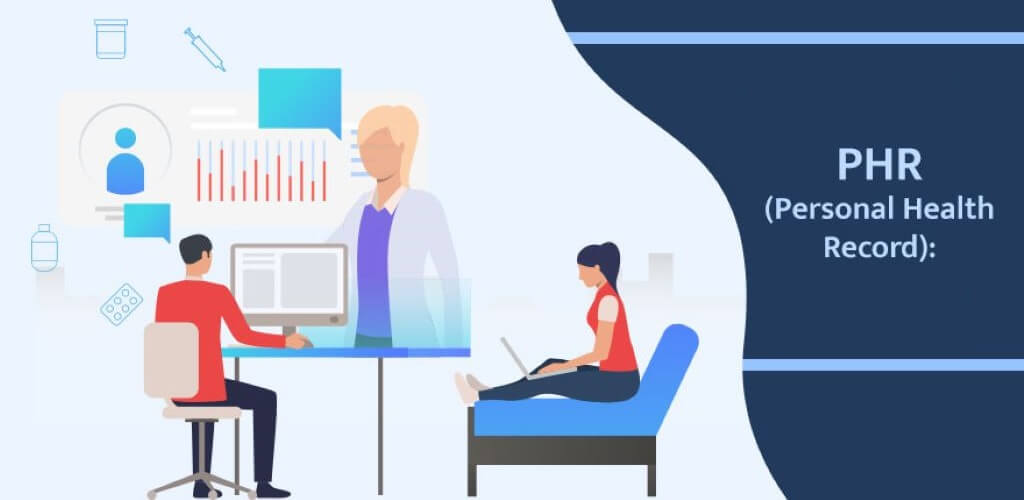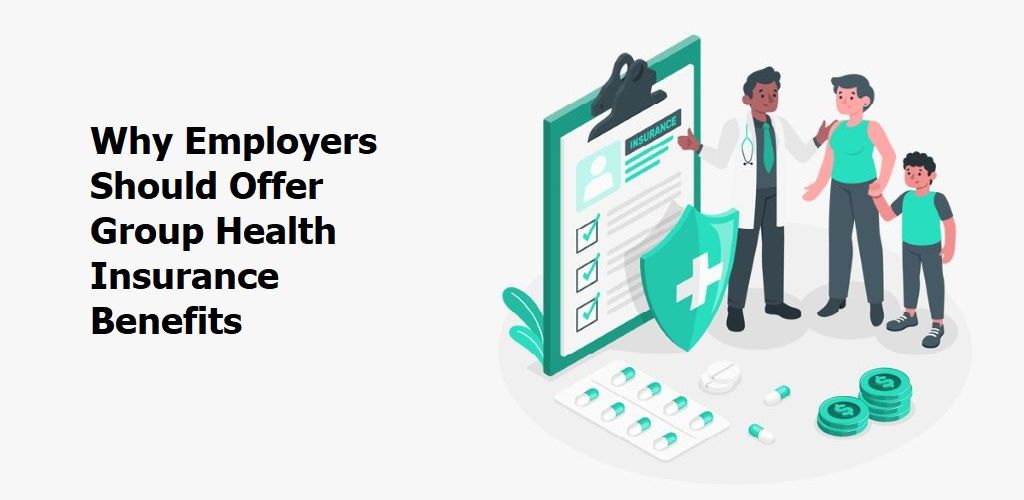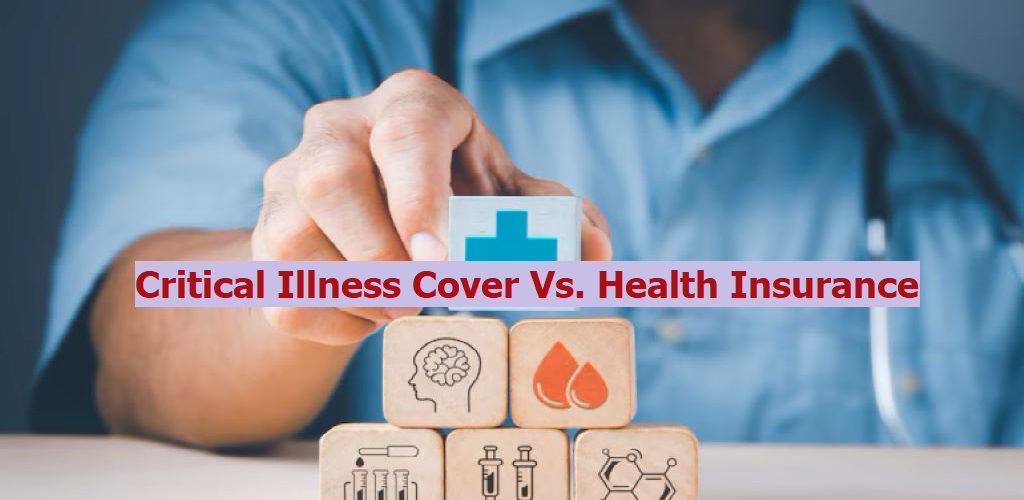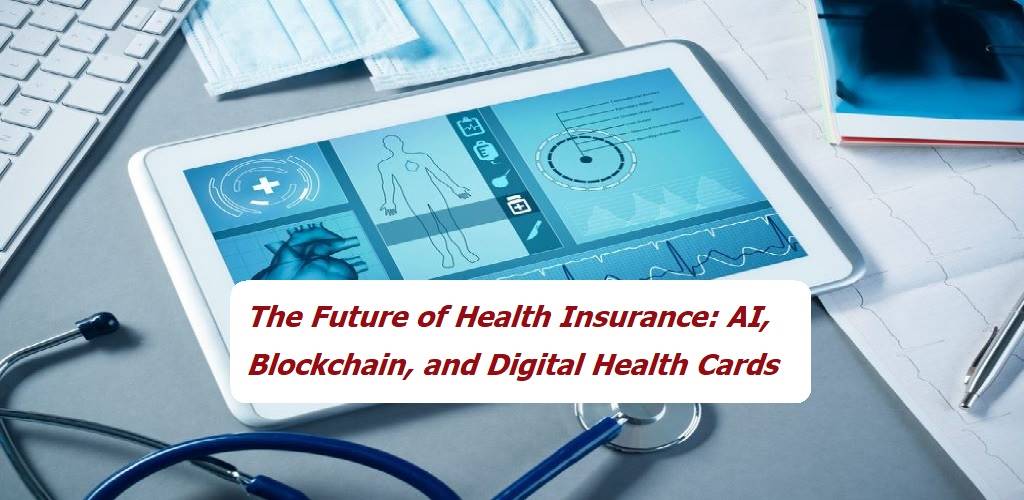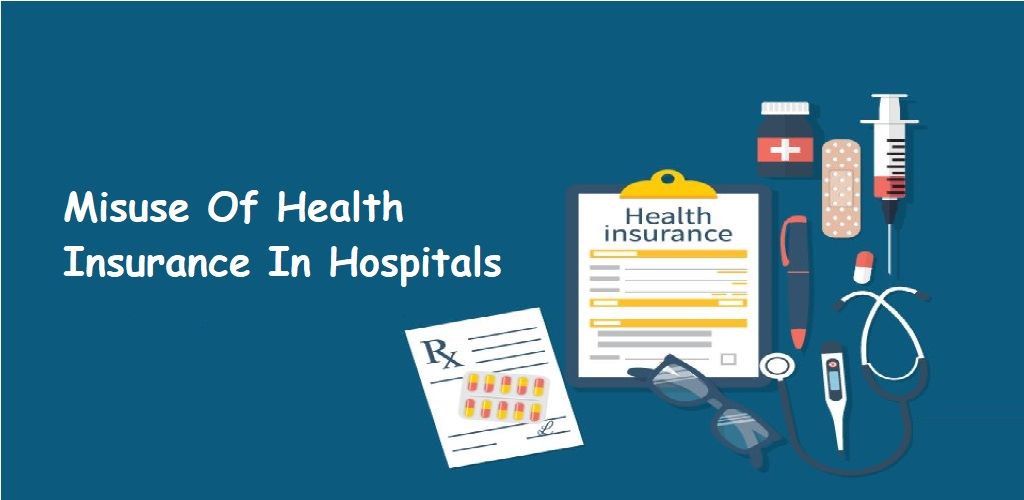In the contemporary digital era, the healthcare sector is experiencing a significant transformation, and one aspect that has gained high popularity is the concept of Personal Health Records (PHRs). Imagine it as your secure health journal that houses the intricate details of your well-being, offering an all-inclusive view of your health journey.
In technical terms, PHR is a secure electronic repository that contains a comprehensive record of an individual’s medical history, including diagnosis, immunizations, lab results, and other health data. This record is easily accessible to the individual as well as the authorized healthcare providers. The primary aim of a PHR is to empower individuals to actively participate in making informed decisions about their healthcare.
Whether you’re a healthcare professional or a patient, this guide covers all you need to know about Personal Health Records(PHRs)!
PHR As A Part Of Ayushman Bharat Digital Mission
The Ayushman Bharat Digital Mission (ABDM), spearheaded by the Government of India, stands as a revolutionary effort to digitally transform the healthcare sector nationwide. As a part of this mission, the PHRs hold significant importance, seamlessly woven into the digital infrastructure to empower individuals to manage their health-related information easily. Collaborating with various software providers, the ABDM also ensures the development of ABDM-compliant Personal Health Record applications like Arogya Setu and Driefcase.
This integration of such personal medical records marks a pivotal step in facilitating connected and efficient healthcare ecosystems. By granting individuals access to their health data, promoting interoperability, and prioritizing data security, PHRs play a crucial role in bringing the vision of ‘Ayushman Bharat’ to life.
What’s The Difference Between PHR & EHR?
Both PHR (Personal Health Records) and EHR (Electronic Health Records) are health records that are securely managed and organized by individuals. They can include things like medical history, family background, appointment information, vaccination details, hospital records, and other important details. However, they are very different from each other in the following ways:
- Ownership & Management: PHRs are owned and managed by patients or individuals, whereas EHRs are owned and managed by healthcare organizations, such as hospitals, clinics, etc.
- Design & Structure: PHRs are designed and structured for personal use, whereas EHRs are designed for the use of healthcare providers.
- Primary Aim: The primary aim of a PHR is to help patients manage and track their health information. Whereas, the main goal of an EHR is to support the healthcare organization in delivering top-notch medical services.
- Patient’s Limitations: Patients can add information or choose what to include in PHR, whereas they usually have limited control of EHRs.
How Is PHR Beneficial For The Indian Healthcare Sector?
The integration of patient health records in India’s health ecosystem offers various benefits, some of which are discussed below:
Enhances Accessibility & Collaboration:
Unlike scattered paper records stored in different places, a PHR brings together all the important information in one easy-to-use platform. PHRs act as a central and organized hub for an individual’s health details, covering medical history, medications, allergies, and more. This makes it simple for both individuals and healthcare providers to access such data.
Patients can effortlessly add, manage, and track their health data, promoting improved collaboration and informed decision-making among doctors, nurses, and patients. Additionally, PHRs support continuous communication, enabling physicians and healthcare professionals to provide better care for their patients.
Facilitates Self-Management:
Easy access to personal medical records simplifies health management for patients. PHRs make it easy to track and manage progress toward health goals, like lowering cholesterol and sugar levels. This reduces the risk of medical errors, which is a major cause of preventable deaths.
PHRs engage patients in their well-being, allowing them to monitor health trends, manage information, and actively participate in healthcare decisions. Additionally, PHRs empower patients to track their health journey beyond clinical settings. They aid in staying organized with treatments, medications, and crucial test results through reminders, reducing the likelihood of missed treatments.
Cuts Expenses:
Juggling physical paperwork poses a significant burden and time-consuming task for healthcare organizations and their staff. This reliance on manual processes often leads to increased administrative costs. In such settings, Personal Health Records alleviate the challenges associated with managing patients’ physical paperwork. Since PHRs streamline operations for healthcare organizations, they ultimately reduce their administrative expenses.
Beyond organizational benefits, PHRs prove to be cost-effective for patients. They play a vital role in reducing wasteful spending and redundant procedures in healthcare. Giving doctors immediate access to essential information helps eliminate unnecessary tests, resulting in considerable cost savings for individuals and the entire healthcare industry.
Saves Time:
PHRs offer access to healthcare data that enables fast responses from healthcare professionals. Retrieving a patient’s medical history becomes a quicker process, and PHRs can promptly provide crucial information for accurate diagnoses or treatment plans.
In emergencies, PHRs serve as no more than real lifesavers. With immediate access to critical health data, medical professionals can deliver timely care even when patients are unable to communicate.
Privacy & Security:
PHRs usually give top priority to personal privacy by implementing password protection, ensuring that your health records are secure and only accessible to authorized individuals. The topic of ‘privacy and security’ is also one of the most preferred in the PHR component of the ABDM scheme.
Stringent measures are also in effect to safeguard the confidential health information within the PHR system. Individuals can easily retain control over their data, deciding who can access and view their health records.
Promotes Digitalization:
PHRs are promoting the digitalization of the Indian healthcare sector in the following ways:
- Providing a centralized and organized repository
- Replacing traditional paper-based health records with digital documents
- Digital access to healthcare data anytime and anywhere
- Allowing integration with other healthcare systems like EHR and telehealth platforms
- Offering real-time updates on health information
- Facilitating digital communication
List Of ABDM-Certified PHR Applications In India
We have put together a list of some of the government-approved PHR applications in India.
- Health-e: Health-e is a digital health record management app designed to simplify healthcare for individuals and families. It enables users to effortlessly scan and upload medical documents like lab reports, immunization records, and insurance information for secure access.
- Eka.care: Eka Care is a comprehensive healthcare app that aids users in managing and monitoring their health and wellness. The app facilitates easy access and storage of medical records, appointment scheduling with healthcare providers, and personalized health recommendations.
- Driefcase: Driefcase is a Personal Health Record management app that focuses on digital storage and organization. It allows users to quickly access their medical records in under 10 seconds from any location. Driefcase also allows its users to easily share their records with doctors, diagnostic labs, and other healthcare providers.
- Arogya Setu: It is a popular mobile application that assisted India in fighting against the COVID-19 pandemic. The app was launched in April 2020 with the primary goal of helping individuals across the nation assess their risk of contracting COVID-19. The app also offers timely information and alerts to its users.
- Raxa Health: Raxa Health is a digital clinic designed for doctors and hospitals, leveraging AI and technology to enhance healthcare quality in India. This integrated platform, accessible through smartphones and web browsers, serves as a user-friendly tool for both healthcare providers and patients.
- Plus 91: Plus91 is a digital platform with the primary goal of offering General Practitioners (GPs) and other doctors a detailed and up-to-date database of all government-approved medicines, drugs, tonics, antibiotics, and more in India. In addition to this, the company provides a range of services, including remote patient monitoring, telemedicine facility, hospital network security, risk management, and vulnerability assessment.
Frequently Asked Questions
It is important to understand that security measures vary depending on how the PHR is maintained. Digital PHRs often have password protection and encryption to ensure data security. However, it’s advised to choose a reputable platform and follow the best practices for securing your information.
Yes. There are numerous mobile apps and online platforms dedicated to PHRs. These apps often provide additional features such as medication reminders, appointment scheduling, and health tracking.
Creating a PHR is not mandatory, but it can be a valuable tool for managing your health information and actively participating in your healthcare. It is a personal choice, and individuals can decide whether or not to maintain a PHR based on their preferences and needs.
Yes. By empowering patients to play a more proactive role in their healthcare, PHRs reduce the number of potential doctor visits. This, in turn, might offer the added advantage of long-term cost savings for both families and society.
Interoperability is an important aspect of PHRs. Many PHR systems are designed to integrate and exchange data with electronic health record systems used by healthcare providers. However, it is essential to check with your PHR provider and ensure compatibility with the specific systems used by your healthcare providers.
To start using a PHR, you can explore reputable PHR providers or check if your healthcare organization offers a PHR system. Create an account, enter all of your health information, and carefully read the features and functionalities of the PHR platform, especially the privacy and security policies.

